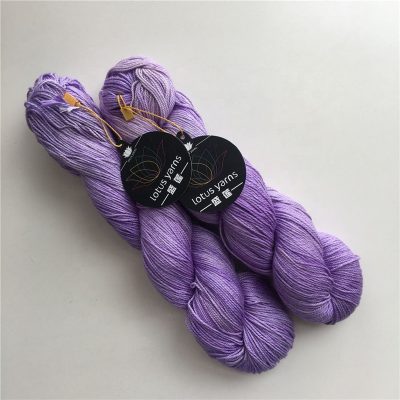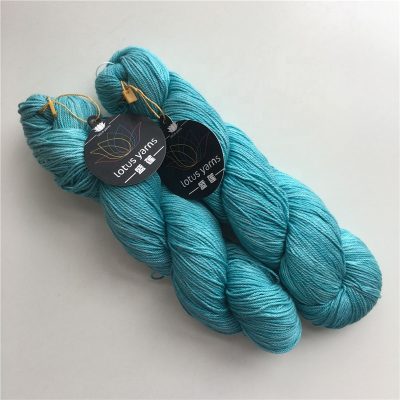(1) Count
The yarn count is expressed in the metric system. The yarn count is large, the yarn is thin, the yarn is small, and the yarn is thick.
The metric count refers to the number of kilometer lengths of 1 kg of wool yarn. For example, 1kg wool yarn is 18000m long, which is 18 yarns.
(2) The twist of wool yarn and woolen yarn
The twist of wool yarn and wool refers to the number of twists per unit length. The twist has twist direction, there are “S” twist and “Z” twist. Twist generally refers to the number of twists/m. The counts of wool yarn and knitting yarn are different, and the twists are also different. In order to facilitate the comparison of the twists of different yarns and knitting yarns, commonly used ” The concept of “twist coefficient”. The choice of “twist coefficient” is generally that pure wool is larger than blended yarn, blended yarn is larger than chemical fiber yarn, the high content of short wool is greater than that of low short wool, and the fine yarn count is greater than the thick yarn count.
(3) Strength and elongation of wool yarn and woolen yarn
The tensile strength of wool yarn and wool is called strength. It is expressed by the load of the broken yarn, and the length of the stretched yarn and wool yarn is called elongation.
The strength of wool yarn and woolen yarn is closely related to the fastness of fabrics and production efficiency. Strength is the basis of fabric strength and elongation. Therefore, the strength and elongation of whole wool yarn and woolen yarn are important indicators of quality, because the strength and elongation directly affect its quality. , Requires proper strength and elongation, too large will make the wool yarn and woolen yarn slack, and the strength will be reduced; if the strength is too small, the strength will increase and the wool and woolen yarn will become stiff. The strength and elongation of the wool yarn and yarn vary with the raw materials used, the degree of processing, and the fiber arrangement. The quality of the raw materials is good, the fibers are arranged neatly, and the twisting is appropriate, the higher the strength of the wool yarn and the higher the stretch performance. .
(4) Moisture regain of cashmere yarn
Moisture regain is a way to express moisture in wool yarn, and moisture content is a way to express moisture in yarn. The internationally agreed moisture regain of wool yarn and wool is generally 15-17%.
(5) Appearance defects of yarn
Elastic yarn: the local twist is significantly different from the twist of this batch;
Pot-bellied yarn: the part of the yarn is more than three times thicker than the normal yarn and is shaped like a jujube;
Irregularity: uneven thickness of short segments of yarn;
Washboard: the yarn thickness is uneven, and regular thickness files appear after weaving the sheet; color file: the color is inconsistent after weaving the sheet;
Impurities: yarn impurities refer to grass clippings, wool chips, variegated wool, oil stains, etc.; messy twist: the strands are formed disorderly, which makes it difficult to reverse the yarn.
(6) Dyeing fastness of colored yarn
The general assessment is the color fastness to washing, perspiration, water, abrasion, light or dry cleaning.
























